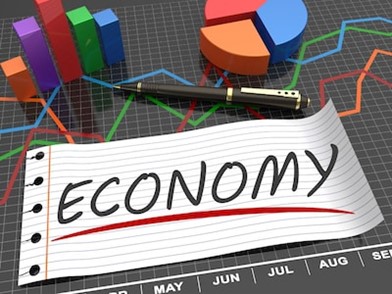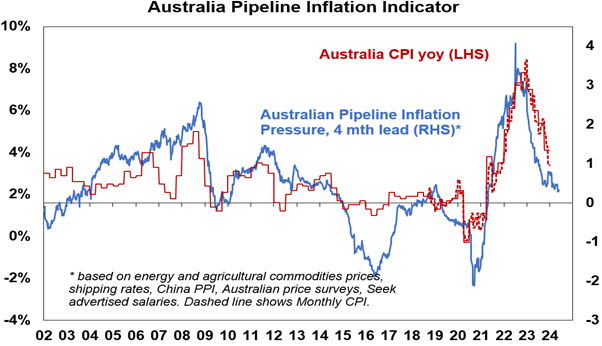

I’ve been doing this economic monitoring caper too long to crow when you’ve made what looks like good calls against the pack of economists and the likes of the Reserve Bank, but this jump in unemployment in January could be saying the central bank has possibly either done enough rate rising or too much of it!
As I’ve learnt, when it comes to economic predictions, you can be a rooster one day and feather duster the next. That said, the rise in the
unemployment rate to 4.1% and 22,000 people losing their jobs suggests 13 rate rises is now doing its work.
And 4.1% unemployment is the highest level for two years. While Treasurer Jim Chalmers says the jobless rate is “very low by historical standards”, he’d be both happy and a little worried about what might happen over the next few months of data.
Right now, he’s putting on a brave, knowing face saying: “What we're seeing in these figures is that the market continues to soften in expected ways. Our labour market has been weakening but it has been weakening from a quite incredibly strong and resilient base”.
Chalmers is right. He needs unemployment to rise to stop the RBA hurting voters with an election due by May next year but we’ve been hearing that an early poll could come later this year.
In a perfect politician’s world, he and PM Albanese, who this week finally got a ‘yes’ vote from his long-time life partner, want voters to say ‘yes’ to Labor and another term, so they need interest rates falling and unemployment not going too high.
And here comes their dilemma — if they wait too long, unemployment might go higher than they want, but if they go too early, then the RBA might not have given them enough rate cuts to win back those hurt by the rising cost of living.
AMP Capital’s chief economist Shane Oliver made the call of three rate cuts starting around June this year and coming in by December. This could’ve had some Labor election experts suggesting an early election might be smart.
I’ve been arguing for some time that this mortgage cliff is a real uncertain curve ball because we’ve never had 40% of home loan borrowers on low fixed rates, which came out of the pandemic. This meant the RBA’s rate-rising policy was always going to hit the economy slower than usual because so many people were on fixed rates.
Also, a lot of people kept paying their normal home loan repayments during covid and built up big buffers in their home loan accounts, while others had offset deposits.
In total, a lot of borrowers had armed themselves against the RBA and its hiking of interest rates policy to slow the economy down to kill inflation.
However, now those 13 rate rises are hitting and hurting more Aussies, so the slowing of the economy is starting to show in confidence, retail sales, the labour market and, I suspect, in a lot more economic data drops in coming months.
Against that, it could simply be a seasonal January thing. Last year and in 2022 there was a jump in
people who said they’d be starting or returning to work in the future. “While there were more unemployed people in January, there were also more unemployed people who were expecting to start a job in the next four weeks,” said Bjorn Jarvis, ABS head of labour statistics. “This may be an indication of a changing seasonal dynamic within the labour market, around when people start working after the summer holiday period.
He could be right, but in January 2022, people weren’t desperately looking for work because interest rates weren’t surging higher. But in January 2023, there would’ve been heaps of people feeling the pinch.
Knowing Aussies, I suspect they’ve enjoyed Christmas and maybe gone too far on presents and holidays but now they’re pulling their heads in and pulling back on their spending.
If that’s the case, economic data will show it in coming months and the RBA will have to start guessing when it should start cutting rates. The most important reading will be the Consumer Price Index and if Shane Oliver’s Pipeline Indicator continues to be right, the CPI could drop into the RBA’s preferred 2-3% band sooner rather than later.

The Pipeline number is the blue line (now around 2% on this graph above) and the CPI is closer to 4%, but you can see how the red line has tracked the blue line but with a few months lag.
If the February jobs report shows another rise in unemployment, economists and the media will be headlining with rate cut talk and the RBA will be under pressure to start thinking about ‘when’ the cutting should begin. Of course, a lot of that pressure will be coming out of Canberra and early election talk might become more believable.